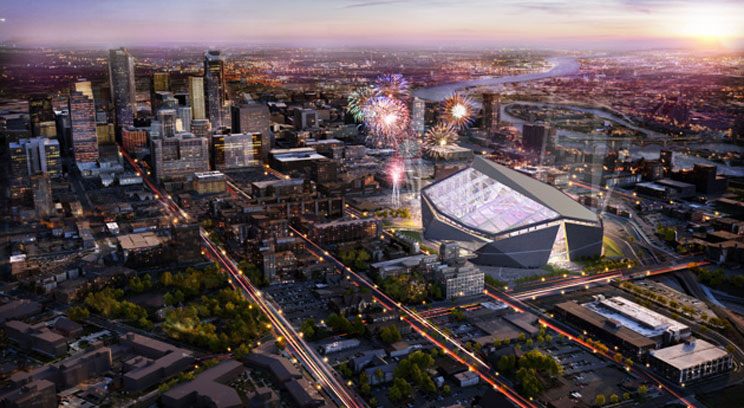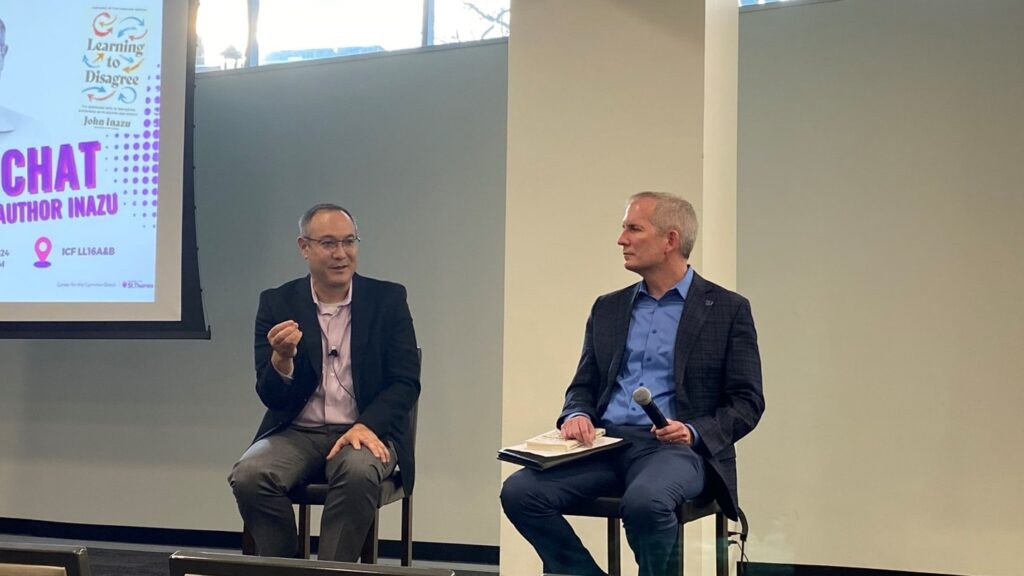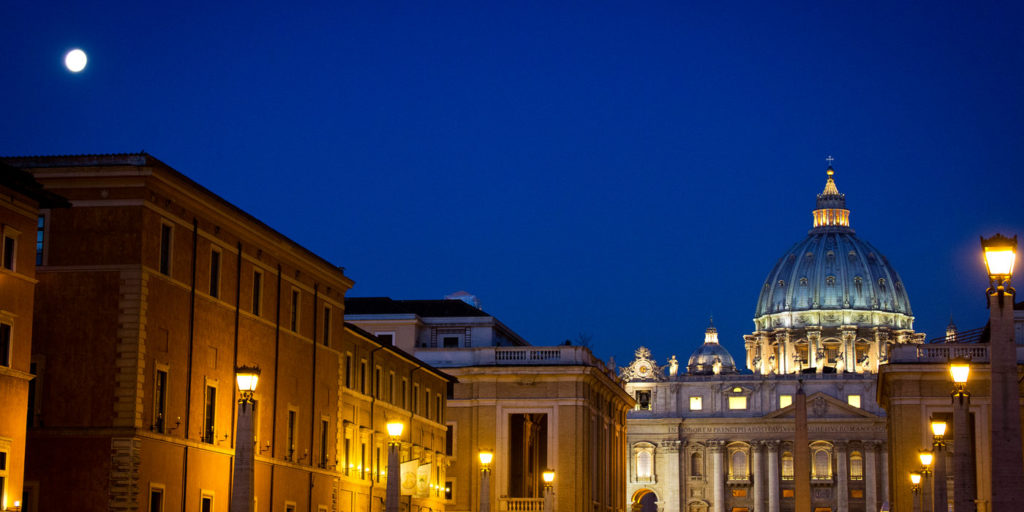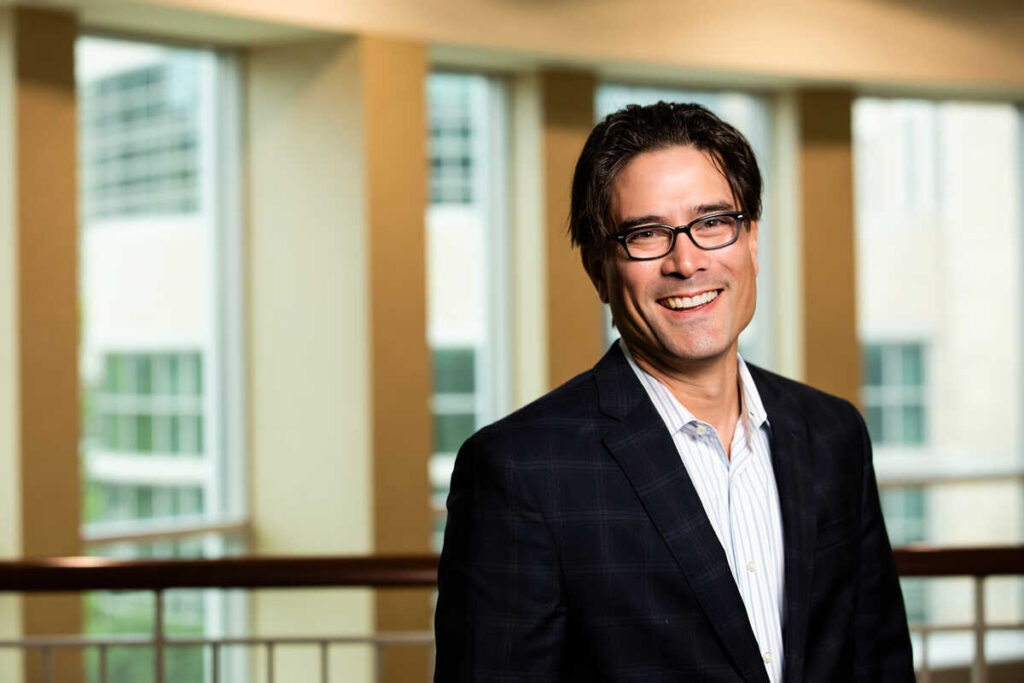There’s a lot to know about the plans for the new multi-purpose stadium in downtown Minneapolis.
Much information is readily available online. You can visit a website to learn, for example, that the roof of the Minnesota Vikings’ new home will be made of a strong, lightweight polymer called ethylene tetrafluoroethylene, which, fortunately, is abbreviated ETFE.
But what you can’t quite get from a website is a sense of human enthusiasm or insight, like when someone proudly says the new facility will be “the people’s stadium” or uses subtle humor to characterize the current Metrodome as “a big ice-laden blob” (honestly, though, isn’t that what we’re all thinking?).
Michele Kelm-Helgen '83 M.B.A., chair of the Minnesota Sports Facilities Authority, did include ample building specs and funding information in her Sept. 27 Master’s Pub presentation about the new stadium plans. But what seemed to give the plan more cohesion was how she expressed the potential for community connections and collaborative relationships, like with:
- users besides the Vikings. Yes, the Vikings are footing a significant portion of the bill. But the team plays 10 home games per year, which leaves a lot of other days for high school and college sports, expos and conventions, and dirt track events, not to mention big-ticket items like a Super Bowl or NCAA Final Four. (The 10 games is also a reason, she added, that tailgating space is “not a good use” of the surrounding area — sorry, grilling enthusiasts.)
- the Downtown East neighborhood and its economic development. The new stadium area should feature landscaped surroundings that could host events year-round, as well as skyway connections to new buildings and nearby hotels. Though events of national scope actually could be a money-loser for the stadium itself, Kelm-Helgen noted that they’d be “a huge economic development benefit” for the neighborhood.
- local companies and workforce. A big aim will be to employ Minnesota companies for stadium projects.
- other events facilities. The new stadium should be able to maintain a synergy with other downtown venues like Target Field and the Minneapolis Convention Center, Kelm-Helgen said, not take away from others’ business.
- the public at large. There wasn’t time to get into much about the MSFA’s recent due diligence investigation, but Kelm-Helgen said the process better prepared her to do a central part of her job: protecting the public.
Even the new stadium’s design, with lots of glass exterior, is meant to make it feel more open to the surrounding community. Its glassy look should fit in especially well with Minnesota’s icy winter landscape, though I think planners have gone to great lengths to ensure that it can never, ever be labeled “a big, ice-laden blob.”
Allison Wickler, online community and web content manager at the National Council on Family Relations, is beginning the Evening UST MBA Program this fall.







